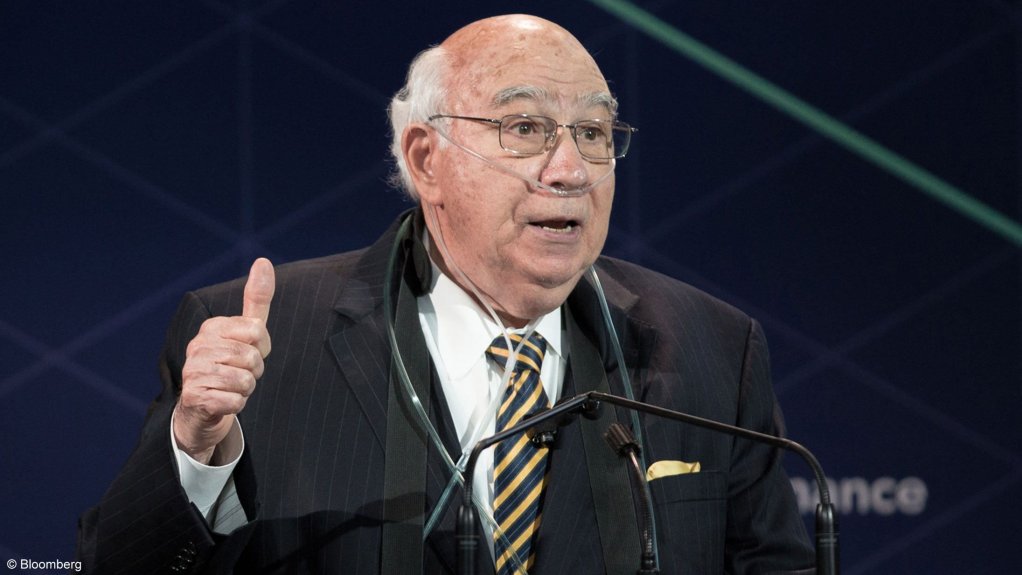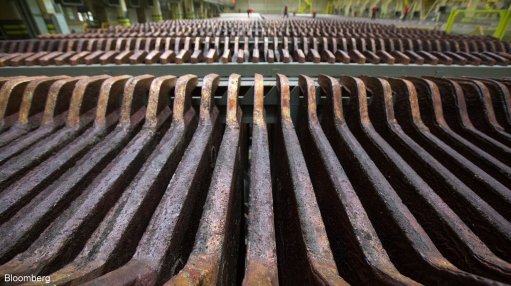Coal baron Murray stood up for miners until he ran out of money
NEW YORK – Coal baron Robert Murray’s support for union miners is part of the lore surrounding a man who’s worked in the industry for six decades. Now, that battle has ended.
Buried under $2.7-billion in debt, Murray Energy Corp filed for bankruptcy protection on Tuesday. Under a proposed restructuring, the 79-year-old Murray will no longer be chief executive officer of the company he founded. A new entity will be created to buy up the company’s assets while ditching more than $8-billion in pension and health-care obligations to miners.
Other struggling coal companies, including Peabody Energy, used similar strategies to shed costly union obligations in the past. But it’s a stark shift for Robert Murray, who has long advocated for rank-and-file miners, according to Phil Smith, a spokesman for the United Mine Workers of America. Now that the company is in bankruptcy, Smith sees creditors and lenders, rather than Murray, driving many of the key strategic moves.
“Bob Murray could have done what he did today several years ago, when everybody else was,” Smith said in a telephone interview. “With respect to living up to his obligations to retirees, he’s done that until today. He was forced into this.”
A Murray spokesmen didn’t reply to emails and phone calls seeking comment.
Robert Moore was CFO at the company before being named CEO to replace Murray under the restructring plan. He cited Robert Murray’s “longstanding history and valued partnership” with the company’s unions in a filing.
“Nonetheless,” Moore said, “the cost of servicing its funded debt, together with the myriad of obligations Murray has to current and former employees, including to a pension fund that has been abandoned by other employers, have substantially reduced liquidity.”
1987 EVENT
A big part of Murray’s legacy came in 1987. As CEO of North American Coal, he refused to back a plan to reincorporate in Delaware, and shed obligations to about 1 800 UMWA retirees. Murray has said he was fired for it, though the company said at the time that it changed CEOs as part of a broader strategy to diversify into non-coal operations.
Either way, he was out of a job and he has said it motivated him to start his namesake venture.
Today, the coal industry is under threat. Utilities increasingly are turning to cheap natural gas and renewables to fuel their grids, and prices for coal have slumped as demand wanes. At least four other miners have filed for Chapter 11 this year, and that follows a wave of bankruptcies that swept the industry in 2015 and 2016.
Those insolvencies often included plans to pull out of a collective pension plan for union miners that dates to 1974. Many of those companies have since exited bankruptcy with healthier balance sheets after wiping out debt. There were 2,800 companies putting money into the fund in 1984, but by January that had dwindled to 11. And as each company exited the fund, the remaining ones had to assume the costs to cover participants.
Murray was paying about $2 per worker-hour in 2007, but that’s swelled to about $6 now, according to Rachel Greszler, a research fellow with the Heritage Foundation. With about 6 000 active workers across the industry supporting 90 000 retirees, she expects the pension fund to be insolvent within three years, a schedule that may be accelerated if Murray and its 2 400 active union workers pull out.
Those costs have become an unsustainable drag on the company’s balance sheet, and were one of the factors why it’s pursuing Chapter 11.
“It makes it hard to stay in business and compete with companies that don’t have those obligations,” she said. “It’s with a heavy heart that Murray had to declare bankruptcy.”
Comments
Press Office
Announcements
What's On
Subscribe to improve your user experience...
Option 1 (equivalent of R125 a month):
Receive a weekly copy of Creamer Media's Engineering News & Mining Weekly magazine
(print copy for those in South Africa and e-magazine for those outside of South Africa)
Receive daily email newsletters
Access to full search results
Access archive of magazine back copies
Access to Projects in Progress
Access to ONE Research Report of your choice in PDF format
Option 2 (equivalent of R375 a month):
All benefits from Option 1
PLUS
Access to Creamer Media's Research Channel Africa for ALL Research Reports, in PDF format, on various industrial and mining sectors
including Electricity; Water; Energy Transition; Hydrogen; Roads, Rail and Ports; Coal; Gold; Platinum; Battery Metals; etc.
Already a subscriber?
Forgotten your password?
Receive weekly copy of Creamer Media's Engineering News & Mining Weekly magazine (print copy for those in South Africa and e-magazine for those outside of South Africa)
➕
Recieve daily email newsletters
➕
Access to full search results
➕
Access archive of magazine back copies
➕
Access to Projects in Progress
➕
Access to ONE Research Report of your choice in PDF format
RESEARCH CHANNEL AFRICA
R4500 (equivalent of R375 a month)
SUBSCRIBEAll benefits from Option 1
➕
Access to Creamer Media's Research Channel Africa for ALL Research Reports on various industrial and mining sectors, in PDF format, including on:
Electricity
➕
Water
➕
Energy Transition
➕
Hydrogen
➕
Roads, Rail and Ports
➕
Coal
➕
Gold
➕
Platinum
➕
Battery Metals
➕
etc.
Receive all benefits from Option 1 or Option 2 delivered to numerous people at your company
➕
Multiple User names and Passwords for simultaneous log-ins
➕
Intranet integration access to all in your organisation





















